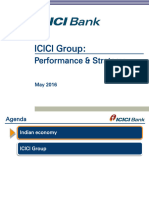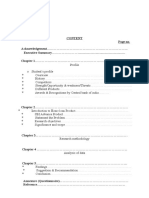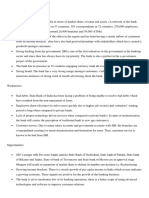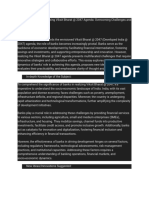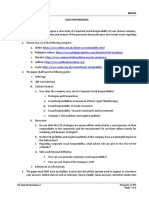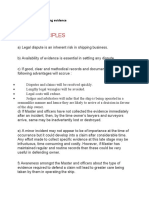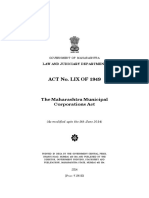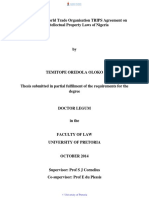0% found this document useful (0 votes)
63 views3 pagesSBI Case Analysis
The case analyzes the transformation of State Bank of India (SBI) under Arundhati Bhattacharya, focusing on challenges such as declining asset quality and competition, and the strategic reforms implemented to enhance operational efficiency and customer service. Key learnings emphasize the importance of strong leadership, risk management, customer-centric approaches, and balancing social responsibility with profitability. Currently, SBI is expanding its digital initiatives and focusing on sustainability while adapting to changes in the banking sector.
Uploaded by
Mayank RajCopyright
© © All Rights Reserved
We take content rights seriously. If you suspect this is your content, claim it here.
Available Formats
Download as DOCX, PDF, TXT or read online on Scribd
0% found this document useful (0 votes)
63 views3 pagesSBI Case Analysis
The case analyzes the transformation of State Bank of India (SBI) under Arundhati Bhattacharya, focusing on challenges such as declining asset quality and competition, and the strategic reforms implemented to enhance operational efficiency and customer service. Key learnings emphasize the importance of strong leadership, risk management, customer-centric approaches, and balancing social responsibility with profitability. Currently, SBI is expanding its digital initiatives and focusing on sustainability while adapting to changes in the banking sector.
Uploaded by
Mayank RajCopyright
© © All Rights Reserved
We take content rights seriously. If you suspect this is your content, claim it here.
Available Formats
Download as DOCX, PDF, TXT or read online on Scribd
/ 3








